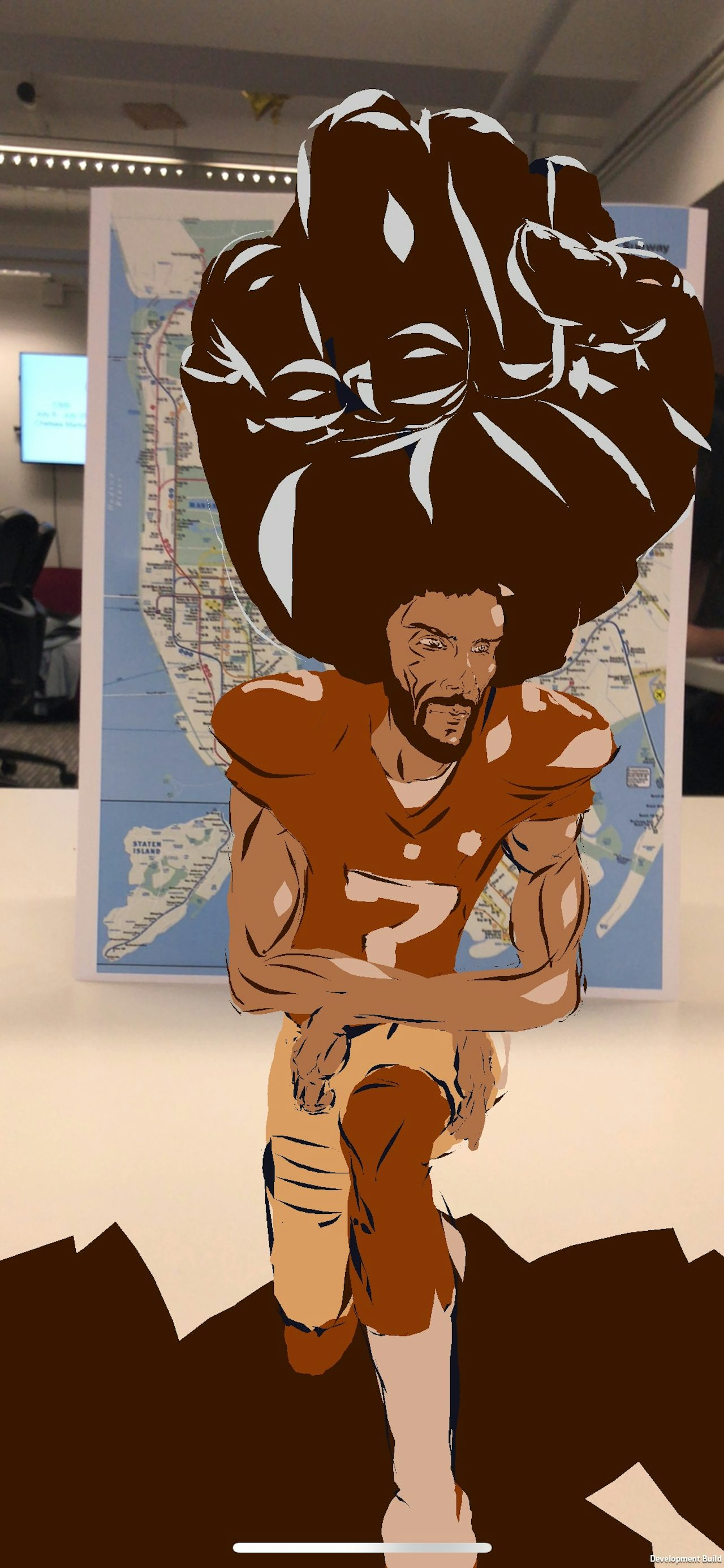Monuments like the Lincoln Memorial, Mount Rushmore, and the Statue of Liberty are supposed to be physical stand-ins for the people, events, and values we hold to be important. In recent years, disagreements over who those people should be, how those events should be remembered, and what those values are have played out across the country. The debate over how to deal with monuments of contentious historical figures came to a head after the deadly 2017 protests in Charlottesville, Virginia, which were sparked by the city’s decision to remove a statue of Confederate General Robert E. Lee.
Shortly thereafter, New York City Mayor Bill de Blasio launched a review of monuments that could potentially be “symbols of hate” to determine if they should be taken down. But in January 2018, the mayor and his monument commission decided that one of the city’s most contentious ones — the statue of Christopher Columbus in Manhattan’s Columbus Circle — would stay up. “Reckoning with our collective histories is a complicated undertaking with no easy solution,” the mayor said in a statement. “Our approach will focus on adding detail and nuance to — instead of removing entirely — the representations of these histories.”
For many concerned activists, who think Columbus represents colonization and the killings of Native Americans, the decision felt like it wasn’t enough. Some activists across the country have succeeded in getting monuments of disputed figures taken down, either by physically dismantling them, or appeasing lawmakers. Movers and Shakers, a NYC-based activist group, has a different approach: If getting the monuments taken down isn’t an option, why not just build our own?
Last year, Movers and Shakers assembled a team of coders, artists and designers who use augmented reality technology to do their work. Their goal was circumvent the city’s decision by replacing the statue and similar monuments with digital ones of other historical figures — namely, people of color and women. “I think we have an opportunity to harness the storytelling capabilities of this technology,” said Glenn Cantave, founder and lead organizer, when explaining the group’s motivations. “Who’s going to own our narrative?”
“We have a real physical world, and obviously there’s rules to that world that we can’t break. We can’t put a statue where there’s already one,” said Idris Brewster, the group’s chief technology officer. “But in a digital space there are no rules.” Their idea is to build 3D digital sculptures of historical and pop culture figures, like tennis player Serena Williams and Venezuelan political leader Simon Bolivar, and tag them to geographic locations like Columbus Circle. That way, a user can take out their phone and see the virtual monument instead of the physical one.
“We really want to claim the digital space,” said Brewster. Prior to working with 3D models, Cantave, Brewster and their team had experimented with using AR for their activism work. One of their first projects was an illustrated book telling the fuller story of Christopher Columbus. The book, when viewed with the plain eye, is full of simple, black and white illustrations that may remind you of a connect-the-dot game in a coloring book. But when you view it through an app they developed, the illustrations come off of the page, and become moving animations. One of the first scenes in the book vividly depicts the killings of Native Americans.
“The goal is to make people feel uncomfortable,” Cantave said. “But to do it in a way where they’re still listening.” In his experience, the novelty of using AR or VR is usually enough to get people’s attention. “We’re making books and images that come to life in ways that people have never seen. It doesn’t even matter what you’re showing them, they just say, ‘Oh wow, what’s that?’”
“In order for us to achieve social justice, we need to start shifting people’s perspectives.”
As they began developing the models earlier this year, they partnered with other technology and art collectives like Art 404 and Pussy Krew to help with designing and rendering. “We haven’t had a canvas like this, since the creation of film. There are no rules,” Brewster said. “It gives us a large playground for us to do what we want to do.” The app, which went live for Android devices last week (an Apple launch is planned for the coming weeks), allows users to point their phones at different markers around the city, enabling the sculptures to pop up. For example, any subway map is tied to a sculpture of Colin Kaepernick kneeling.
It’s part of an effort to make the educational opportunities as accessible as possible.“If you want to really learn about the history of racism and this stuff we’re trying to shine a light on, you have read a lot, and do lot of work for it, but not everyone has the time to do that,” said Brewster. “If they can go to Columbus Circle and see an image of Colin Kaepernick, instead of Columbus, it can disrupt their perspective or their thought process. In order for us to achieve social justice, we need to start shifting people’s perspectives.”

